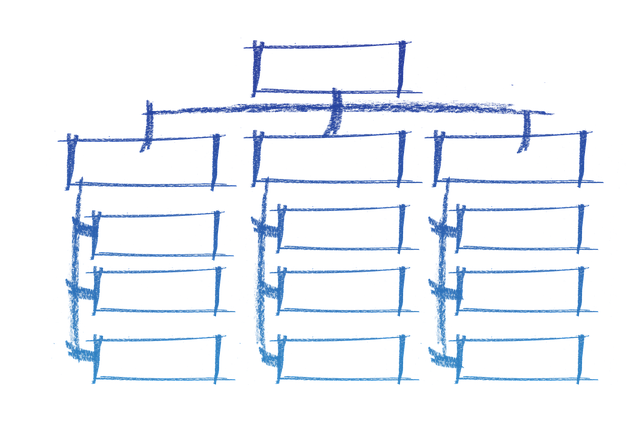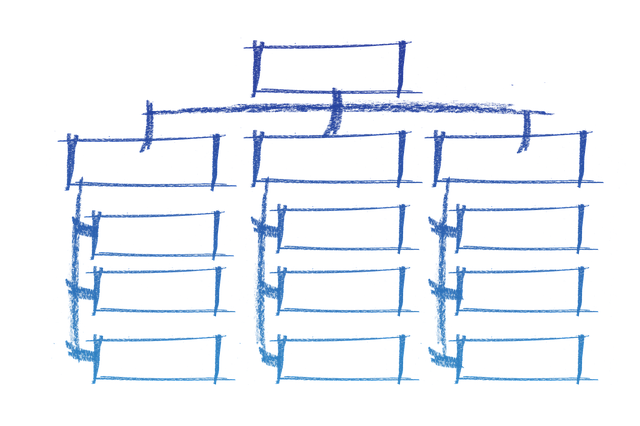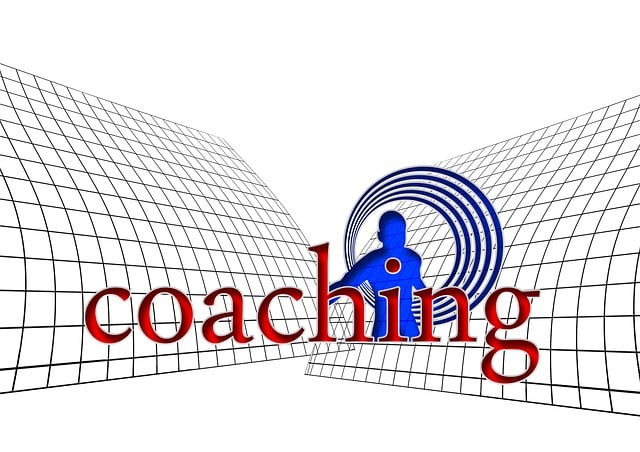The 5S methodology is a lean management tool derived from Japanese practices, focusing on workplace excellence through organization and continuous improvement. Comprising five stages (Sort, Set in Order, Shine/Clean, Standardize, Sustain), it empowers employees to transform chaotic workspaces into efficient environments. This leads to increased productivity, reduced waste, enhanced quality and safety, and sustained competitive advantage via process standardization. 5S training is key to achieving both safety and productivity in industrial settings by ensuring every tool has a designated place and normalizing processes for consistency. Its application drives continuous improvement, minimizes errors, and optimizes operations across various sectors like manufacturing, healthcare, retail, and offices.
“Discover the transformative power of 5S methodology in industrial housekeeping. This comprehensive guide explores how a structured approach can revolutionize workplace organization and efficiency. From understanding the foundational principles of 5S to its integration with Lean Management, we uncover strategies for enhancing productivity. Learn about the vital role of process standardization and continuous improvement techniques. Dive into practical applications across diverse sectors, leveraging 5S training to foster safe, productive environments and drive long-term success.”
- Understanding the 5S Methodology: A Foundation for Workplace Excellence
- Lean Management Principles: Enhancing Efficiency through 5S Training
- The Role of Standardization in Maintaining a Safe and Productive Environment
- Continuous Improvement: 5S as a Framework for Long-Term Success
- Practical Applications: Implementing 5S in Various Industrial Sectors
Understanding the 5S Methodology: A Foundation for Workplace Excellence

The 5S methodology is a powerful tool that forms the foundation for achieving workplace excellence through meticulous organization and continuous improvement. This lean management approach, deeply rooted in Japanese industrial practices, comprises five key elements: Sort, Set in Order, Shine (or Clean), Standardize, and Sustain. Each step plays a crucial role in transforming chaotic workspaces into streamlined environments that enhance productivity and efficiency.
5S training equips employees with the skills to diligently sort through unnecessary items, set their workstations in a logical order, maintain a sparkling clean environment, establish standardized processes, and continuously strive for improvement. This not only elevates workplace organization but also fosters a culture of quality and safety. By integrating 5S principles, organizations can experience improved flow, reduced waste, and increased employee morale, ultimately contributing to sustained competitive advantage in today’s market.
Lean Management Principles: Enhancing Efficiency through 5S Training

Lean Management Principles, rooted in the philosophy of eliminating waste and maximizing efficiency, have gained significant traction across industries. At the heart of this approach lies 5S training—a powerful tool for achieving workplace organization and continuous improvement. The ‘5S’ methodology stands for Sort, Set in Order, Shine (Clean), Standardize, and Sustain. By implementing these principles, organizations can streamline processes, enhance productivity, and create a safer, more organized environment.
Training employees in 5S fosters a culture of discipline and attention to detail. “Sort” involves eliminating unnecessary items, while “Set in Order” ensures everything is stored logically for easy access. “Shine” emphasizes regular cleaning and maintenance, promoting hygiene and safety. “Standardize” focuses on process normalization for consistency, and “Sustain” encourages continuous improvement and the adoption of these practices as a way of life within the organization.
The Role of Standardization in Maintaining a Safe and Productive Environment

In the realm of industrial housekeeping and workplace efficiency, standardization plays a pivotal role in fostering both safety and productivity. The implementation of structured systems, such as 5S training, is instrumental in creating an organized environment. This involves sorting, setting in order, shining (cleaning), standardizing, and sustaining—a methodology that revolutionizes the way workspaces are managed. By adhering to these principles, lean management can be achieved, ensuring every tool, component, and resource has its designated place, enhancing accessibility and streamlining operations.
Process standardization is a key aspect of maintaining this order. It involves creating consistent procedures for daily tasks, which not only reduces errors but also provides a safe and efficient workspace. This is particularly crucial in industrial settings where the potential for accidents and inefficiencies is high. Standardization facilitates continuous improvement by identifying areas that require refinement, allowing for ongoing optimization and the elimination of wasteful practices.
Continuous Improvement: 5S as a Framework for Long-Term Success

Continuous Improvement is a cornerstone of any successful manufacturing or industrial operation, and 5S is a powerful framework to achieve this. The 5S method—Sort, Set in Order, Shine (Clean), Standardize, Sustain—serves as a comprehensive guide for workplace organization and lean management. By implementing these principles, companies can enhance efficiency, reduce waste, and create a safer, more productive environment.
5S training equips employees with the skills to identify and eliminate unnecessary items, organize tools and equipment efficiently, and maintain a clean and orderly workspace. Process standardization ensures that tasks are completed consistently, minimizing errors and maximizing productivity. As practices become standardized, continuous improvement can be evaluated and enhanced over time, leading to long-term success in any industrial setting.
Practical Applications: Implementing 5S in Various Industrial Sectors

In today’s competitive industrial landscape, effective workplace organization is not just an ideal—it’s a necessity. The 5S method, rooted in lean management principles, offers a powerful framework for achieving this. This system, consisting of Sort, Set in Order, Shine (Clean), Standardize, and Sustain, has been successfully implemented across various sectors to drive continuous improvement and enhance operational efficiency. For instance, in manufacturing facilities, 5S training can lead to improved process standardization, reducing waste and streamlining production lines.
Beyond manufacturing, the benefits extend to healthcare, retail, and even office environments. In hospitals, for example, applying 5S principles can optimize ward organization, making it easier for staff to access equipment and supplies promptly. Similarly, retailers can use these methods to enhance inventory management and in-store presentation, while offices can transform into more productive spaces by implementing the 5S framework to manage paperwork and equipment effectively. This versatility makes 5S a versatile tool for any industry aiming to improve workplace organization and foster a culture of continuous improvement.
The 5S methodology is a powerful tool for transforming industrial workspaces into models of efficiency and safety. By combining lean management principles with rigorous process standardization, organizations can achieve remarkable results in workplace organization. 5S training empowers employees to take ownership of their environment, fostering a culture of continuous improvement. This article has explored the multifaceted benefits of implementing 5S across various sectors, highlighting its role as a framework for long-term success. Adopting these principles can revolutionize industrial housekeeping practices, leading to increased productivity and a safer, more organized working environment.
